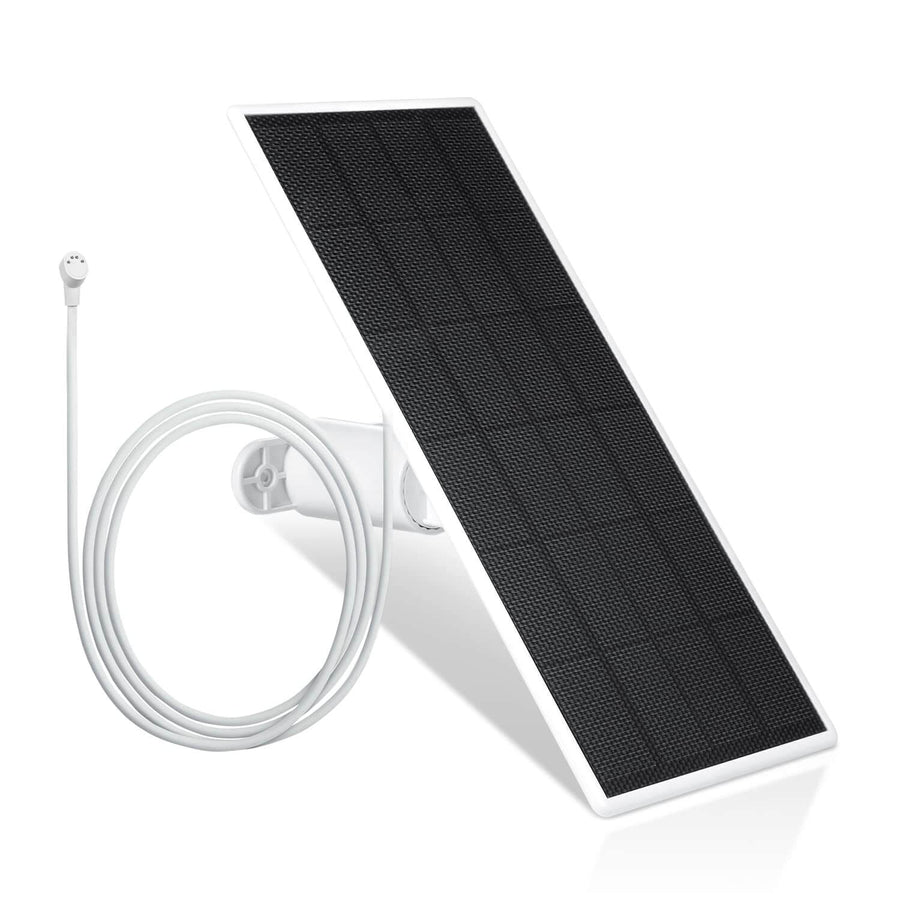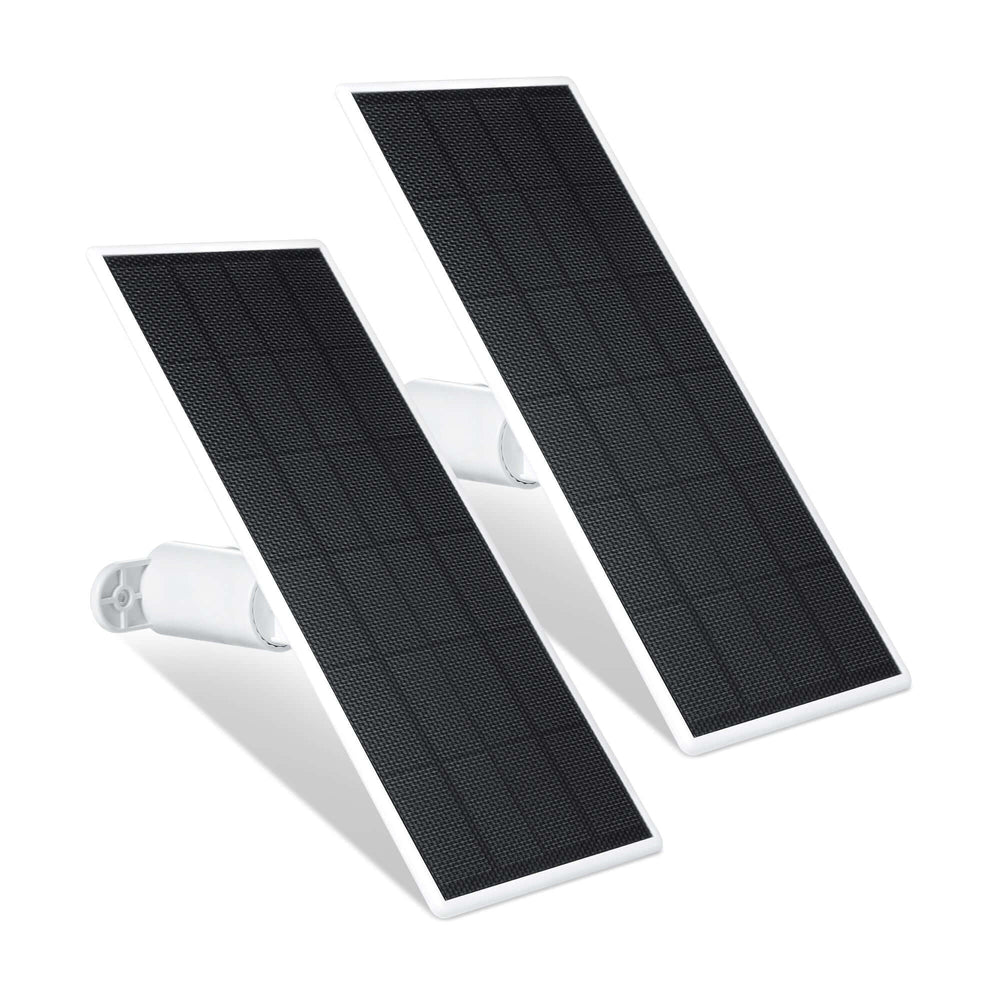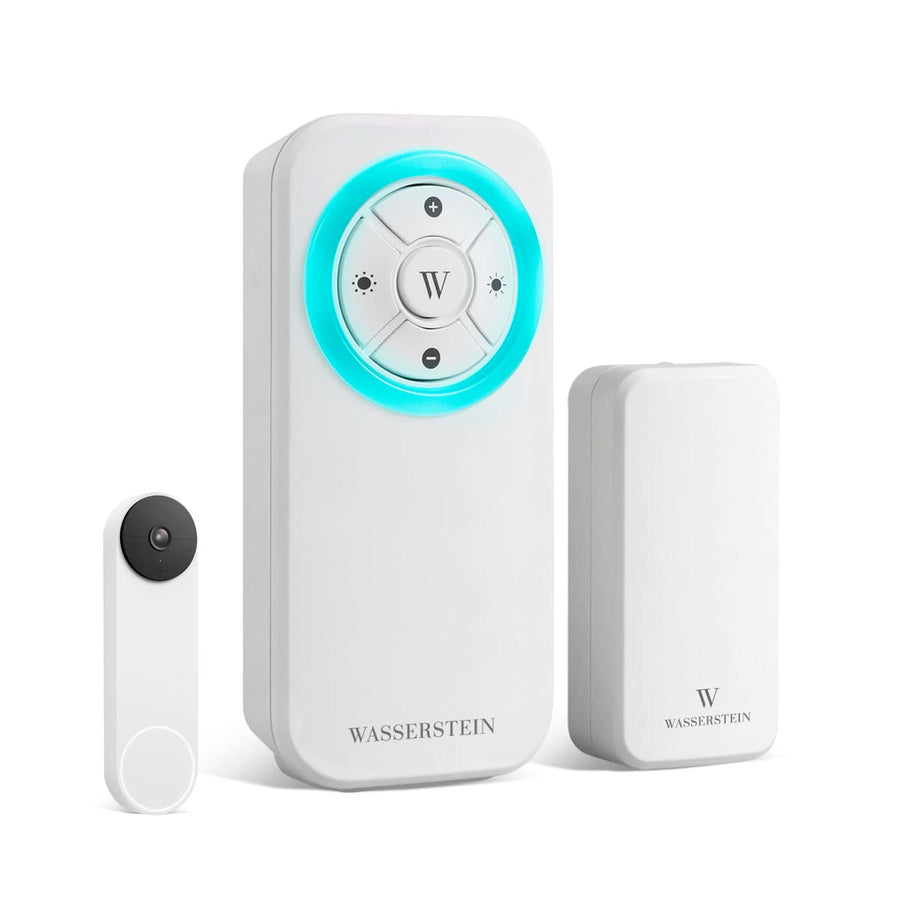How Long Do Security Cameras Keep Footage: Key Factors
Most security cameras store footage for 7 to 90 days, depending on the system type, storage capacity, and settings. Businesses may keep footage for months or years due to legal requirements.
Summary:
- Cloud systems: 7–180+ days (depends on plan)
- DVR/NVR systems: 30–90+ days (based on drive size)
- SD card cameras: 7–30 days
- Factors: video resolution, frame rate, compression, motion detection
- Businesses: must comply with legal retention (30 days to 7+ years)
- Extend storage: upgrade drives, use motion detection, cloud backup, export key clips
In an age where security cameras are a staple in both homes and businesses, one critical question stands out: How long do security cameras keep footage? Understanding footage retention is essential for maintaining safety, resolving disputes, and complying with industry regulations. This comprehensive guide explores the key factors influencing security camera footage retention, comparing various systems and offering best practices to help you maximize your video storage.
Why Footage Retention Matters
Security footage plays a pivotal role in identifying intruders, verifying incidents, and supporting legal claims. Whether it’s a package theft at home or liability issues in retail, having access to surveillance footage at the right time can make all the difference. Retail stores often use specific storage solutions, such as onsite servers or external devices, to address their unique surveillance and retention needs. However, how long footage is stored depends on the camera system, storage medium, and user settings.
Factors That Determine How Long Security Cameras Store Footage

When it comes to video surveillance, understanding what controls how long your footage is retained is vital. Limited storage capacity is a common constraint, especially for smaller systems, and often determines the maximum duration footage can be kept. Whether you want your home camera to capture footage of suspicious activity or need business footage archived for compliance, several technical and operational factors play a role. From the type of system you use to the resolution settings and industry-specific regulations, each component affects how long your security system can store footage before it gets overwritten. Selecting the right storage system and storage option is essential to ensure your retention needs are met.
Learn What to Look for in a Home Security Camera System
Type of Security Camera System
Security systems vary widely in how they store footage:
- CCTV cameras are commonly used in business and public surveillance, with storage capacity depending on system configuration, such as the type of recorder and storage method.
-
Cloud-based Security Camera Systems store footage on remote servers and typically offer 7 to 90 days of storage based on subscription level. Some premium plans extend that to 180 days or even a full year.

- DVR/NVR Systems (Digital/Network Video Recorders) store data locally and can retain 30 to 90 days or more, depending on the hard drive capacity. Digital video recorders (DVRs) are used with analog CCTV cameras and connect via coaxial cables, making them a cost-effective choice for basic security systems. Network video recorders (NVRs) are designed for IP cameras and can manage multiple IP cameras simultaneously, allowing centralized storage and management of surveillance footage. These systems are ideal for large setups with multiple cameras and long retention needs.
- SD Card Storage is common in standalone or battery-operated cameras, offering 7 to 30 days of retention. These systems are convenient for limited coverage areas or homes with minimal surveillance needs.
Storage Capacity & File Size
How long footage can be retained heavily depends on the size of the storage drive and how big each video file is. The following factors influence file size:
-
Video resolution: 1080p requires less space than 4K video quality. The higher the resolution, the more detail and improved image quality—but also the more storage required.

- Frame rate: Higher frame rates (like 60fps) create smoother video but consume more space than lower rates (like 15fps).
- Video compression: Modern codecs like H.265 can reduce file size by half compared to H.264, increasing your storage efficiency significantly.
By optimizing compression methods and adjusting resolution, you can maximize storage capacity without compromising video quality.
Recording Mode
The camera’s recording behavior can also affect retention:
- Continuous Recording captures 24/7 footage, quickly filling up storage.
- Motion-activated Recording only records when movement is detected, preserving space and extending retention. Motion detection cameras can be configured to record solely when movement is detected, optimizing storage. Users can also adjust motion detection settings to tailor recording to specific areas or movement patterns, reducing false alarms and managing storage more efficiently. This mode is particularly effective in low-traffic areas or at night.
- Scheduled Recording allows users to set cameras to record only during specific times, such as at night, which further extends storage capacity by avoiding unnecessary footage.
Local vs. Cloud Storage Differences
- Local storage such as DVR/NVR systems or SD cards gives you physical control over your footage but is limited by the installed hardware’s capacity. There’s no subscription, but upgrading storage may involve hardware replacement.
- Cloud storage offers virtually unlimited space based on your plan. It provides added security via off-site backups and is ideal for remote monitoring, but it comes with recurring costs and relies on a stable internet connection. Cloud storage solutions also offer enhanced accessibility and security for stored footage, making them a popular choice for both businesses and homeowners.
Retention Settings & Overwriting Mechanism
Many security camera systems, regardless of type, use loop recording, which means the oldest footage is overwritten once storage is full. In this process, older footage is automatically deleted or overwritten to make space for new recordings. The retention period, or the specific duration for which footage is stored before being deleted or overwritten, can often be configured to comply with legal or organizational requirements. However, you can often configure these settings. Some systems allow:
- Disabling overwriting altogether (until storage is full)
- Setting alerts when storage nears capacity
- Exporting or backing up important clips before they are deleted
Legal & Industry Regulations on Footage Storage
For businesses, especially in regulated industries, retention periods are often mandated by law:
- Retail and hospitality typically store footage for 30 to 90 days.
- Healthcare facilities may require 30 days to several years of footage, depending on HIPAA or equivalent laws.
- Banks and casinos often must retain footage from 6 months to 1 year or longer.
Organizations typically retain footage for periods ranging from 30 days to several years, depending on industry standards and legal mandates.
Failing to comply with these regulations could result in fines or liability in case of legal proceedings. As such, it’s critical for commercial entities to plan retention periods that meet or exceed industry norms
How Long Different Types of Security Cameras Store Footage
When evaluating how long different types of security cameras store footage, it helps to compare systems side by side. While most security camera footage is typically stored between 30 and 90 days, storage time still depends heavily on the system's purpose, storage method, and configuration settings. Below is a simplified table highlighting typical retention periods and notable characteristics across popular camera types:
|
Camera Type |
Typical Storage Duration |
Key Characteristics |
|---|---|---|
|
Home Security Cameras |
7 to 60 days (cloud); 7 to 30 days (local) |
Cloud-based IP cameras like Ring or Blink may require subscriptions for extended retention. Read: Does Ring Record 24/7? |
|
Commercial/Business Systems |
30 to 90 days or longer |
Often governed by legal or insurance mandates; protects against liability and theft. |
|
DVR/NVR Systems |
30 to 90+ days |
Depends on hard drive size; supports loop recording; expandable with extra drives. |
|
Cloud-Based Cameras |
7 days to several months |
Scalable storage space; subscription plans dictate retention; remote access and backups. |
|
SD Card-Based Cameras |
7 to 30 days |
Ideal for low-traffic areas; subject to card size and recording settings. |
Each camera type serves a unique purpose. Home users often prioritize convenience and affordability, while businesses need more storage space and legal compliance. By choosing the right system and understanding its retention capabilities, you can ensure your setup meets your security and storage needs without unnecessary waste of resources.
How to Extend Security Camera Footage Retention
While most security systems come with preset retention limits, you can often stretch those boundaries with a few strategic tweaks. Storing footage in accordance with retention policies and using reliable storage systems is crucial to prevent data loss and ensure compliance. Whether you’re trying to conserve space or ensure that important footage isn’t lost, these methods can help you optimize your setup for longer, smarter footage storage.
Upgrading Storage Capacity
Invest in larger hard drives, higher-capacity SD cards, or expanded NVR setups. For example, moving from a 500GB to a 2TB hard drive can quadruple your retention time depending on recording settings. Many modern NVRs support additional drive bays or external USB storage.
Adjusting Camera Settings

Modern security camera systems make it easy to fine-tune your camera's performance to match your storage goals:
- Lower resolution of the surveillance camera footage to reduce file size while keeping essential details
- Reduce frame rates of your video surveillance cameras from 30fps to 15fps or lower for areas with minimal motion
- Enable motion detection to avoid recording hours of inactivity These tweaks can dramatically improve storage efficiency without compromising security.
Using External Backup Solutions
Leverage external storage systems such as:
- Network Attached Storage (NAS) for centralized, scalable backups
- External Hard Drives for manual footage archiving
- Cloud Backup Services to automatically store critical clips off-site Having multiple backups ensures redundancy in case of hardware failure or theft.
Setting Up Automated Cloud Sync
Many cloud-compatible systems offer settings to automatically sync and store motion-triggered or scheduled clips. This feature:
- Ensures important footage is never lost
- Helps offload critical files without manual exporting
- Adds a layer of disaster recovery and remote accessibility
Scheduled Footage Deletion & Data Management Tips
Create a well-structured data management routine to keep your system efficient:
- Schedule weekly or monthly deletions of unneeded footage
- Tag and export important events to permanent storage
- Use naming conventions and logs to track what has been saved Efficient organization not only extends storage life but also simplifies retrieval when you need to review footage quickly.
Legal & Privacy Concerns for Security Camera Footage
Understanding the legal and privacy implications of storing surveillance footage is essential for staying compliant and protecting personal rights. Both businesses and homeowners must navigate data retention laws, privacy rights, and secure data management practices to avoid legal repercussions and ethical concerns.
How Long Businesses Must Retain CCTV Footage
CCTV camera storage capacity is known for its longevity, hence, why businesses prefer them to other security camera systems. By law, business are required to keep CCTV footage as follows:
- Retail: 30–90 days depending on corporate policy or insurance provider guidelines.
- Finance: 6 months to 7 years, particularly for institutions subject to regulations like the Gramm-Leach-Bliley Act.
- Healthcare: At least 30 days; some patient-related footage may need to be stored for several years based on HIPAA or local health privacy laws.
- Other sectors: Requirements vary widely based on local, national, or industry-specific regulations.
Failing to comply with retention policies could result in penalties, lawsuits, or inability to provide critical footage during investigations.
Privacy Laws & Footage Ownership
-
Homeowners: Own the footage recorded by their systems, but are still bound by privacy laws, especially if surveillance extends into public or neighbor spaces.

- Consent & Notification: Sharing or publishing footage that includes other individuals without consent could violate privacy laws.
- Businesses: Required to inform employees, customers, and visitors of ongoing surveillance via signage or formal policies.
Transparency is not only best practice but often a legal requirement.
Data Protection & GDPR Compliance
- Encryption: All footage should be encrypted both at rest and in transit to prevent unauthorized access.
- Access Control: Only authorized personnel should have access to the footage. Using role-based permissions is recommended.
- Retention Limits: GDPR and similar laws emphasize storing data only as long as necessary. Footage must be deleted when no longer required for its intended purpose.
Following these practices helps ensure legal compliance and builds public trust.
How & When to Delete Security Footage
- Businesses: Must follow jurisdictional guidelines and internal policies for footage deletion. Archiving should be done for only essential and legally justifiable reasons.
- Home Users: Should regularly purge old, non-critical footage to save space and protect the privacy of household members and neighbors.
Establishing a routine deletion schedule—whether automatic or manual—ensures you're not storing data longer than necessary, which can be both a legal and operational liability.
What Happens When Security Camera Footage Expires?
Even the best security system has limits. When storage reaches its capacity, your system needs to make room for new recordings—often by deleting old ones. Understanding what happens when footage expires can help you prepare, prevent data loss, and protect critical files when they matter most.
Auto-Deletion & Overwriting in Different Systems
Most modern security systems use loop recording, where the oldest footage is automatically overwritten once storage is full. This allows for uninterrupted recording but can lead to important footage being lost if it's not manually saved or backed up in time. Some systems allow you to toggle off overwriting, but this may halt recording when storage maxes out.
How to Recover Deleted Security Camera Footage
Recovery depends on your system:
- Cloud-based systems may allow recovery from a trash folder or archive for a limited time.
- DVR/NVR systems with backup features may let you restore from a secondary hard drive.
- Local storage on SD cards typically offers no recovery once overwritten unless the footage was backed up. It's always wise to regularly export critical clips before they are lost.
Signs That Your Storage Is Running Out & Needs Upgrading
Pay attention to these red flags:
- Your system slows down or skips recordings
- Notifications or warnings appear on your app or dashboard
- Video playback fails for recent events
- You notice shortened recording windows (e.g., only 24 hours instead of 7 days)
These signs indicate your storage capacity may be too limited for your current usage and should be expanded.
Best Practices for Archiving Important Security Footage
To ensure vital clips are preserved:
- Export important footage immediately after incidents
- Save backups to external drives, cloud storage, or NAS systems
- Use organized folders with date/time tags and descriptions
- Regularly review and purge outdated clips to free space
Proactive management not only prevents accidental loss but also ensures that you can quickly retrieve footage when needed for investigations, insurance claims, or evidence submission.
Best Security Camera Storage Solutions for Extended Footage Retention
Choosing the right storage solution is crucial for ensuring you capture and retain the video footage you need—whether for home safety, business compliance, or peace of mind. Below are the best storage options available today, each offering unique benefits tailored to different use cases and budgets.
Cloud-Based Subscription Plans & Providers
Cloud storage offers convenience, remote access, and scalable retention plans. Brands like Ring, Arlo, Nest, and Blink offer flexible subscriptions ranging from 7 days up to 180 days or even more with extended plans. Premium plans often include AI features like motion tagging and facial recognition for easier file management.
DVR & NVR Systems with Expandable Hard Drives

DVR (Digital Video Recorder) and NVR (Network Video Recorder) systems are excellent for on-site, large-volume video storage. Businesses and commercial users prefer these systems due to their scalability and one-time investment structure. Hard drives can be upgraded or expanded, offering retention times from 30 days to several months, depending on resolution and camera count.
SD Cards & External Hard Drives for Local Storage

Best suited for home users or smaller installations, SD cards and portable hard drives are cost-effective and simple to manage. Ideal for cameras set to motion-activated recording, this method can offer 7 to 30 days of footage retention depending on card size and usage.
Hybrid Solutions: Combining Cloud & Local Storage for Maximum Security
Hybrid setups offer the best of both worlds—local backup for high-resolution, fast-access storage and cloud storage for remote viewing and disaster recovery. These systems allow for longer retention periods, better redundancy, and improved security against tampering or equipment failure.
Final Thoughts
How long security cameras keep footage depends on your system's configuration, legal requirements, and budget. While most security cameras store footage between 7 to 90 days, there are ample ways to extend this with smarter storage choices and proper system setup. Whether you're a homeowner or a business owner, understanding and managing footage retention is crucial for effective surveillance.
FAQ
How can I check how long my security camera stores footage?
Review your camera's storage settings via app or dashboard.
Do home security cameras save footage without Wi-Fi?
Only if they have local storage (e.g., SD card). Cloud-based systems need internet.
Which security cameras have the longest storage duration?
High-capacity DVR/NVR systems and cloud plans with extended subscriptions.
Can I set up my camera to never delete footage automatically?
Yes, with manual overwrite settings or by exporting footage regularly.
How do I transfer old footage to another storage device?
Use USB, external drives, or download via app/web portal.
What happens if my storage runs out? Does the camera stop recording?
No, most systems use loop recording and will overwrite the oldest footage.








Leave a comment